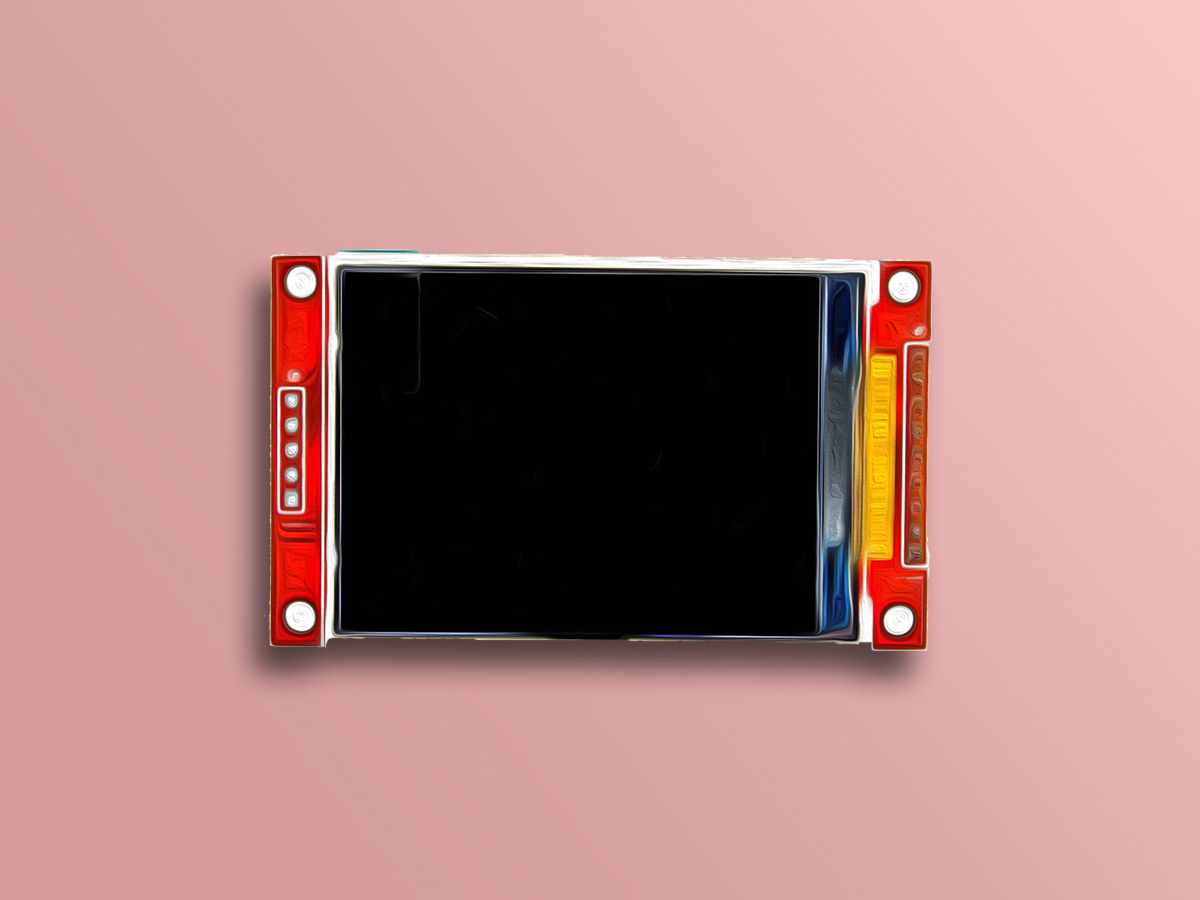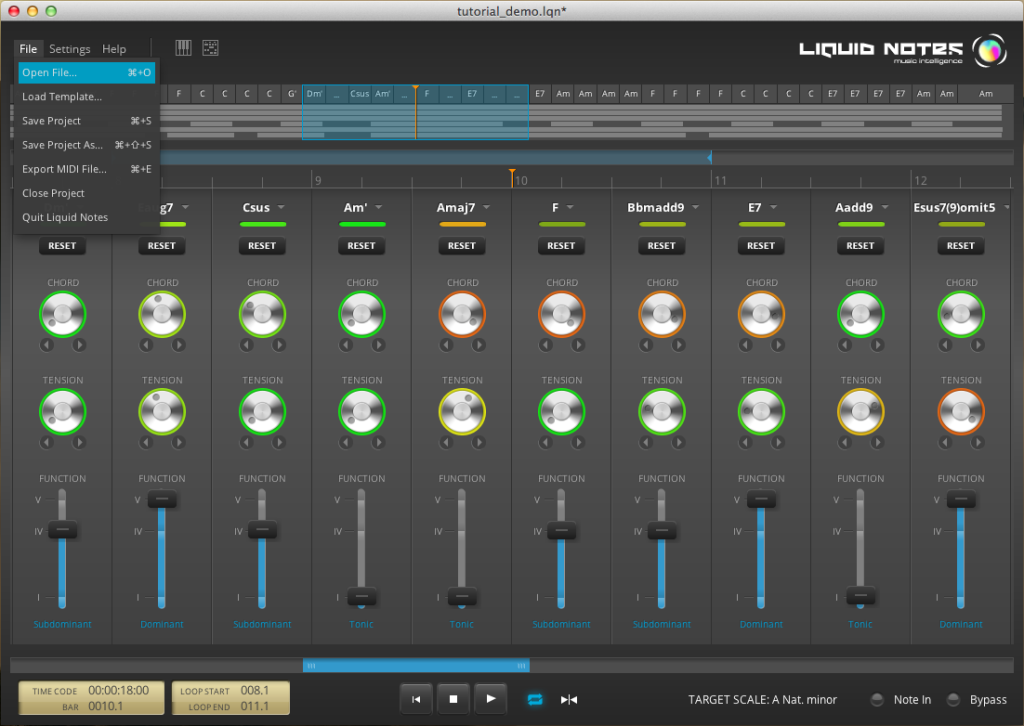

As more melodic and often jazz-influenced subgenres of drum and bass called atmospheric or intelligent ( Blame and Blu Mar Ten) and jazzstep ( 4Hero, Roni Size) gained mainstream appeal, additional subgenres emerged including techstep in 1996, drawing influence from techno. It also began to split into recognisable subgenres such as hardstep, jump up, ragga, techstep, and what was known at the time as intelligent. Īs the genre became generally more polished and sophisticated technically, it began to expand its reach from pirate radio to commercial stations and gain widespread acceptance (circa 1995–1997). By 1995, whether as a reaction to, or independently of this cultural schism, some jungle producers began to move away from the ragga-influenced style and create what would become collectively labelled, for convenience, as drum and bass. However, this developed in tandem with the often positive reputation of the music as part of the wider rave scene and dancehall-based Jamaican music culture prevalent in London. Despite the affiliation with the ecstasy-fuelled rave scene, jungle also inherited associations with violence and criminal activity, both from the gang culture that had affected the UK's hip-hop scene and as a consequence of jungle's often aggressive or menacing sound and themes of violence (usually reflected in the choice of samples). The genre further developed, incorporating and fusing elements from a wide range of existing musical genres, including the raggamuffin sound, dancehall, MC chants, dub basslines, and increasingly complex, heavily edited breakbeat percussion. Some tracks increasingly took their influence from reggae and this style would become known as hardcore jungle (later to become simply jungle), whilst darkcore (with producers such as Goldie, Doc Scott, 4hero, and 2 Bad Mice) were experimenting with sounds and creating a blueprint for drum and bass, especially noticeable by late 1993.īy 1994, jungle had begun to gain mainstream popularity, and fans of the music (often referred to as junglists) became a more recognisable part of youth subculture. From as early as 1991, tracks were beginning to strip away some of the heavier sampling and "hardcore noises" and create more bassline and breakbeat led tracks. In the late 1980s and early 1990s, a growing nightclub and overnight outdoor event culture gave birth to new genres in the rave scene including breakbeat hardcore, darkcore, and hardcore jungle, which combined sampled syncopated beats, or breakbeats, and other samples from a wide range of different musical genres and, occasionally, samples of music, dialogue and effects from films and television programmes.


See also: Breakbeat hardcore and hardcore jungle Whilst the origin of drum and bass music is in the UK, the genre has evolved considerably with many other prominent fanbases located in all over the world. Since then, the genre has seen a significant growth in exposure. Major international music labels had shown very little interest in the drum and bass scene until BMG Rights Management acquired RAM in February 2016. Drum and bass has influenced many other genres like hip hop, big beat, dubstep, house, trip hop, ambient music, techno, jazz, rock and pop.ĭrum and bass is dominated by a relatively small group of record labels. liquid drum and bass), jump up, drumfunk, sambass, and drill 'n' bass. Drum and bass subgenres include breakcore, ragga jungle, hardstep, darkstep, techstep, neurofunk, ambient drum and bass, liquid funk (a.k.a. Another feature of the style is the complex syncopation of the drum tracks' breakbeat. A major influence was the original Jamaican dub and reggae sound that influenced jungle's bass-heavy sound. The popularity of drum and bass at its commercial peak ran parallel to several other UK dance styles. The genre grew out of the UK's jungle scene in the early 1990s. An example of a D&B song in the subgenre of liquid D&Bĭrum and bass (also written as drum & bass or drum'n'bass and commonly abbreviated as D&B, DnB, or D'n'B) is a genre of electronic dance music characterized by fast breakbeats (typically 165–185 beats per minute ) with heavy bass and sub-bass lines, samples, and synthesizers.


 0 kommentar(er)
0 kommentar(er)
